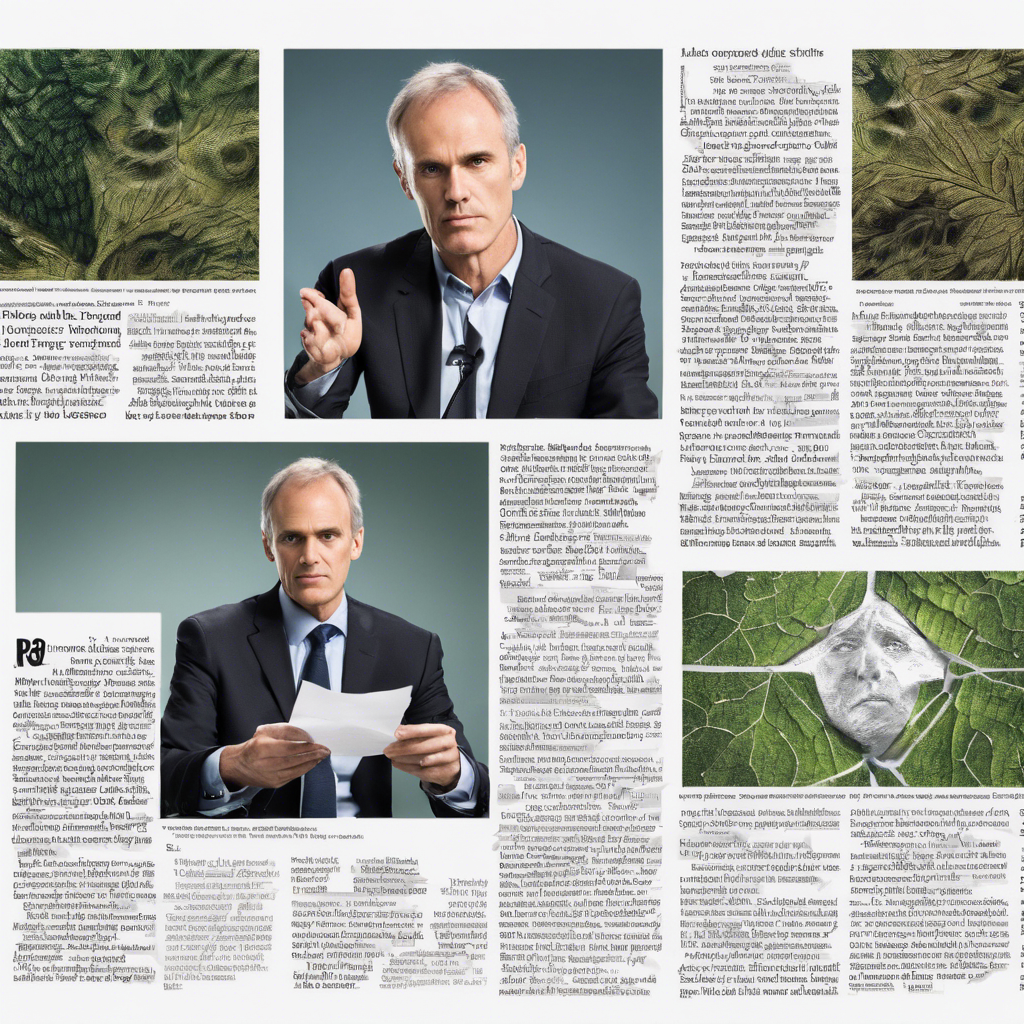Investigation reveals research misconduct in articles authored by Marc Tessier-Lavigne
Marc Tessier-Lavigne, the former president of Stanford University, has recently retracted a paper from the prestigious journal Nature and is facing an expression of concern for another article. This comes after an institutional investigation into research misconduct, which led to Tessier-Lavigne’s resignation earlier this year. The two Nature papers, along with three others, were examined during the investigation, and the findings have raised questions about the integrity of the research conducted by Tessier-Lavigne.
Retraction of “APP binds DR6 to trigger axon pruning and neuron death via distinct caspases”
One of the retracted articles, titled “APP binds DR6 to trigger axon pruning and neuron death via distinct caspases,” was published in Nature in 2009 and has since been cited over 800 times. The retraction notice states that while some aspects of the article were confirmed by subsequent research, certain conclusions reached in the paper were found to be incorrect. The retraction is based on anomalies identified in the figures, as well as errors in biostatistical calculations. The authors believe that these anomalies do not affect the overall conclusions of the article, but due to the lack of original data and the discovery of specific claims that were not correct, they decided to retract the paper.
Expression of Concern for “The netrin receptor UNC5B mediates guidance events controlling morphogenesis of the vascular system”
Another article authored by Tessier-Lavigne, titled “The netrin receptor UNC5B mediates guidance events controlling morphogenesis of the vascular system,” has received an expression of concern from Nature. The journal states that image integrity issues have been raised regarding some of the data in the article. A report from the Stanford University board concluded that there is evidence of manipulation of research data in this article. While the authors have provided contemporaneous replicates that confirm the validity of the data in question, the far-left lanes of certain panels in Supplementary Figure 2E appear to be duplicated. Due to the age of the article, it is difficult to determine how the duplication occurred conclusively. However, Tessier-Lavigne has agreed to the journal’s decision to issue an expression of concern.
Conclusion:
The retractions and expression of concern surrounding Marc Tessier-Lavigne’s articles in prestigious journals raise serious concerns about research integrity and the scientific process. While the investigation did not find evidence of fraud, it revealed significant errors and anomalies in the papers. Tessier-Lavigne has acknowledged the need for corrections and has expressed his intention to address the issues raised. This case serves as a reminder of the importance of transparency, accuracy, and ethical conduct in scientific research. Moving forward, it is crucial for institutions and researchers to uphold the highest standards of integrity to maintain the credibility of scientific publications and the trust of the scientific community and the public.











